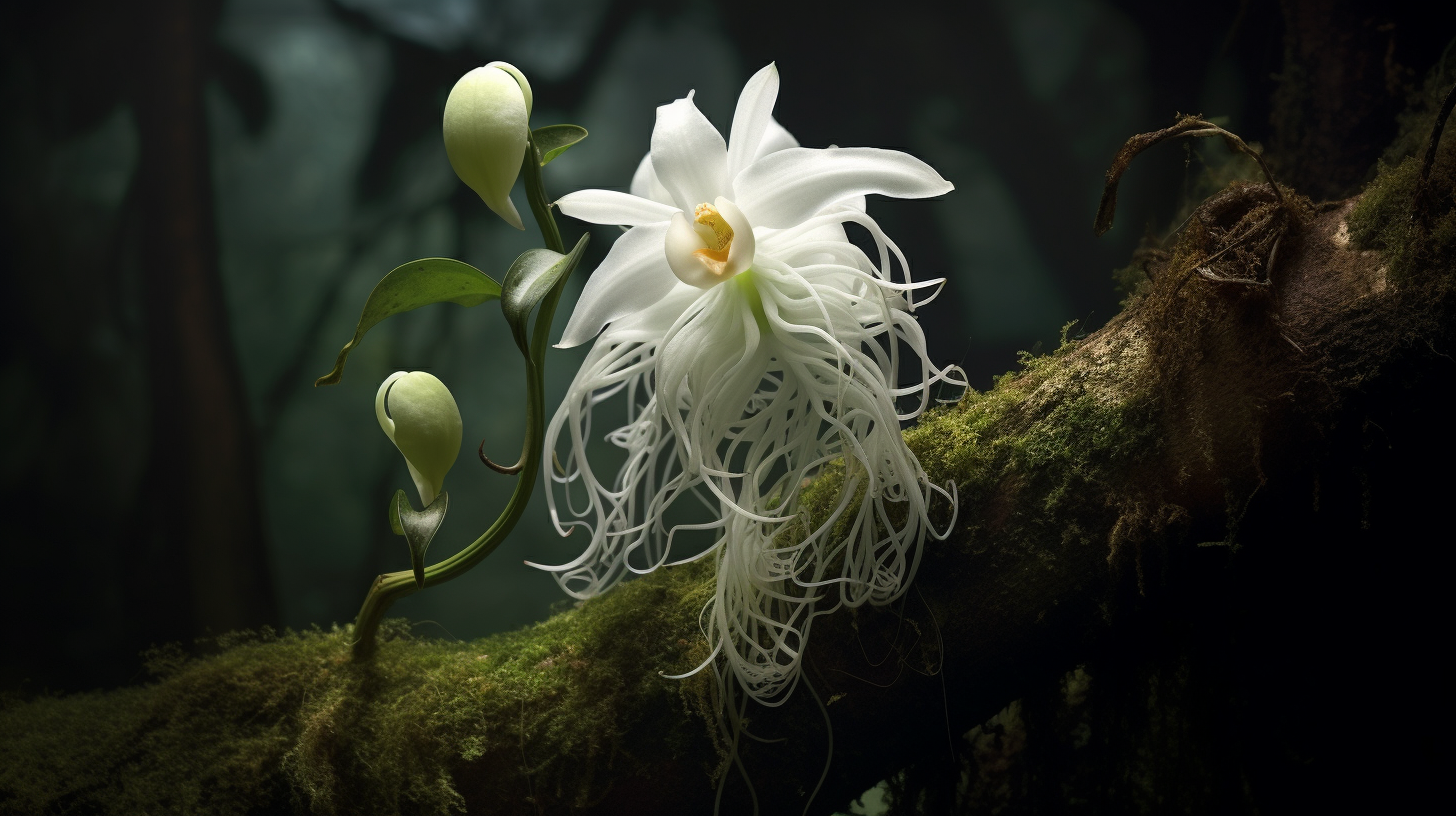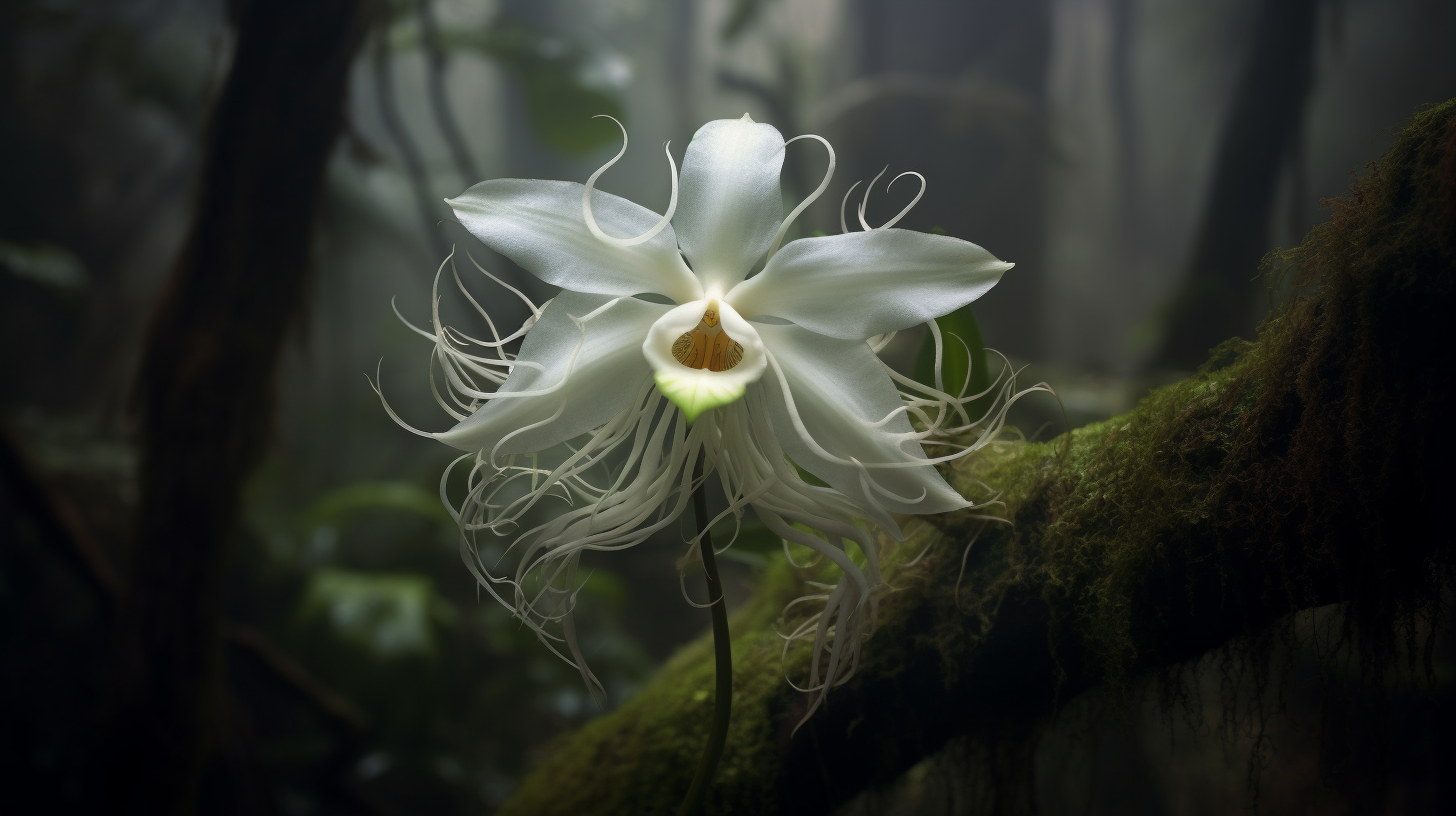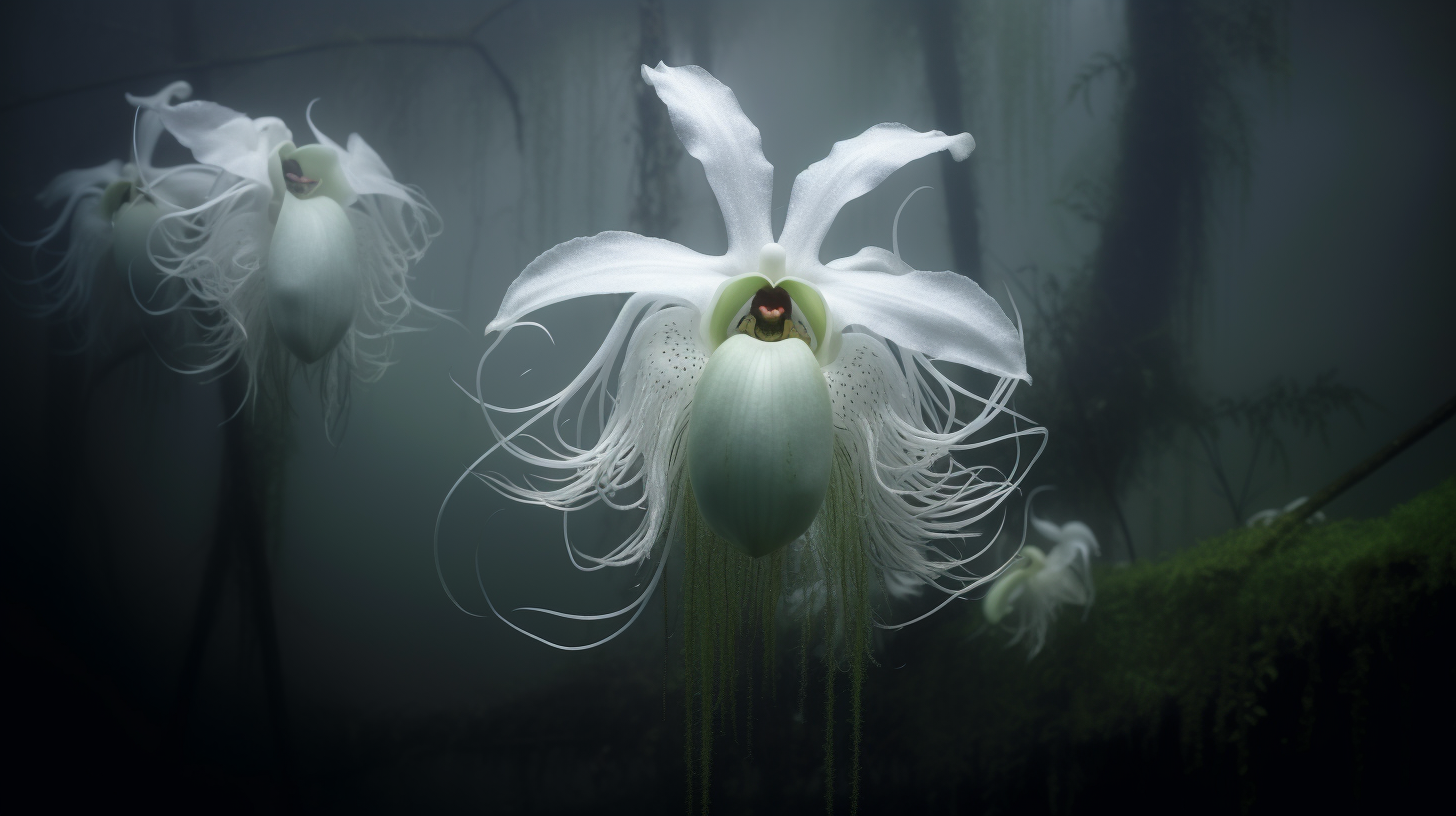A blanket of gray skies and bare branches can make any yard feel gloomy. If you’re tired of a lifeless landscape during the colder months, you can introduce vibrant color with a variety of winter-blooming plants. With some planning, you can create a winter garden that offers beauty even on the darkest days of the year.
Add Color to Your Winter Garden With These Blooming Plants
This blog post guide will help you select the perfect plants to brighten your landscape. We’ll explore tips for choosing the right species and highlight several options that thrive during winter.
How to Choose the Best Winter-Blooming Plants
Choosing the perfect winter blooms for your garden doesn’t have to be a daunting task. With these simple tips, you can confidently select the right plants that will thrive in your space, adding a burst of color to your winter landscape.
Know Your Gardening Zone
Before you buy any plants, it’s essential to identify your local gardening zone. Plants are rated for hardiness based on the regions where they can survive the winter. Some can handle deep frost, while others need the warmer climates found in southern states. Checking your zone ensures you choose plants that will flourish in your specific area. For example, Annapolis, MD, is primarily in USDA Hardiness Zone 7b.
Look Beyond Flowers
Color in your winter garden isn’t limited to flowers. You can add visual interest with colorful bark, branches, and foliage. Plants with red stems or bright yellow needles stand out beautifully against a backdrop of snow. Think about what you’ll see from your windows. A low-growing flower might get lost under snowfall, but taller plants with interesting textures will remain visible.
Consider Early and Late Bloomers
Many plants known for blooming in fall or spring can extend their color into the winter. In warmer zones, bulbs such as daffodils and hyacinths typically bloom in late winter. Similarly, fall-blooming flowers like calendula can continue to show color into the early winter months, bridging the seasons.
Leave Dried Blooms for Texture
Even if it’s too late to plant something new, you can still create a beautiful winter landscape. Consider leaving the dried heads of hydrangeas or the tall stalks of ornamental grasses in your garden to add a touch of elegance. When frost or a light snow dusts them, these spent blooms and seed pods create a magical, textured look.
Top Plants for a Vibrant Winter Garden
Ready to add some life to your yard? Here are some excellent winter-blooming plants that will provide lasting color long after the first frost.
1. Hellebores (Lenten Rose)
Hellebores, also called Christmas or Lenten roses, are a fantastic choice for winter color. These shade-loving perennials are hardy in zones 3 to 9. Their flowers are actually made of sepals, which are modified leaves, allowing them to last for a very long time. They come in a variety of colors and can add elegance to any shaded corner of your garden.
Growing Zones: 3 to 9
2. Camellia
With their lush, glossy green foliage, Camellias provide a welcome burst of life in a barren winter landscape. The real stars, however, are the large, rose-like blooms that appear in shades of pink, red, white, yellow, and purple. These perennials are best suited for warmer climates, thriving in zones 7 to 9. Plant them in a spot that gets relief from the hot afternoon sun.
Growing Zones: 7 to 9
3. Witch Hazel
Witch Hazel is more than just a skincare ingredient; it’s a stunning centerpiece for a winter garden. This hardy shrub can grow up to 30 feet tall and produces unique, streamer-like yellow flowers from fall into winter. Its bright blooms add a surprising pop of color against a dormant landscape.
Growing Zones: 3 to 9
4. Snowdrop
A classic sign that spring is near, Snowdrops often appear in February and March. Their delicate white blooms last for several months. Plant these as bulbs in the fall for an easy-to-grow flower that will return year after year. They are a welcome sight poking through a late-winter snow.
Growing Zones: 3 to 7
5. Crocus
Another early herald of spring, Crocus flowers often emerge in late February. Their vibrant purple, yellow, and white petals can brighten up any garden. Squirrels love crocus bulbs, so protect them by sprinkling red pepper flakes in the soil or placing chicken wire over the planting area.
Growing Zones: 3 to 8
6. Winter Jasmine
For a dramatic statement, consider Winter Jasmine. This versatile plant can be grown as a shrub or a sprawling vine, with some varieties reaching up to 15 feet long. It produces an abundance of bright yellow flowers that can last throughout the winter, cascading beautifully over walls or down slopes.
Growing Zones: 6 to 10
7. Winter Heath
This low-growing evergreen is a relative of Scottish heather. It produces clusters of pink, cream, or white blooms as winter begins to fade. Growing up to a foot tall, Winter Heath is high enough to peek out over most snowdrifts, providing a lovely carpet of color.
Growing Zones: 4 to 9
8. Pansies
In warmer growing zones, pansies can bloom all winter long. In cooler areas like Annapolis, MD, certain varieties labeled “winter” or “ice” are hardy enough to withstand frost. They offer cheerful faces in a wide array of colors to brighten up late fall and early spring.
Growing Zones: 4 to 10
9. Alyssum
Also known as Lobularia, Alyssum is a popular annual that creates a sea of tiny white flowers. Certain varieties, such as ‘Snow Princess,’ are bred to bloom during the colder months, providing a delicate, fragrant ground cover.
Growing Zones: 5 to 8
Prepare Your Garden for Every Season
Creating a beautiful winter garden is not just about choosing the right plants. It starts with a healthy foundation. Proper fall clean-up, soil preparation, and strategic planting are key to ensuring your landscape thrives year-round. By understanding the importance of these steps, you can prepare your garden for every season and ensure a stunning landscape all year.
For expert fall clean-up and comprehensive landscaping in Annapolis, MD, trust the team at Paradise Landscape and Hardscapes. We can help you prepare your garden for the winter and design a stunning landscape you’ll enjoy all year. Contact us today to schedule your consultation and take the first step towards a vibrant winter garden!






